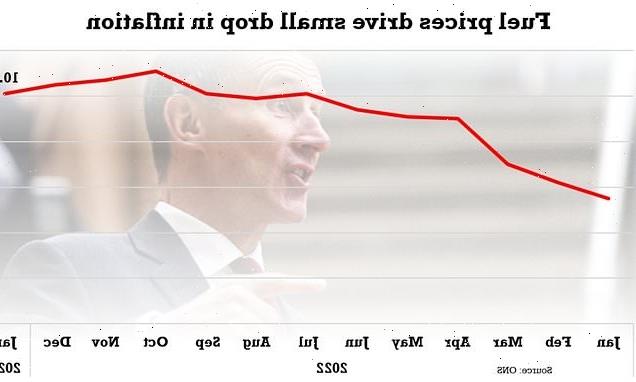Key points
- Independent school enrolments grew by 2.9 per cent last year, the government system was flat and the Catholic system lost students.
- It was the first time the Catholic system had lost enrolments since at least 2011.
- Some 63.6 per cent of Victorian students attend state schools, followed by 20.8 per cent at Catholic schools, and independent schools at 15.6 per cent.
- Victorian enrolments grew by 0.5 per cent overall last year, among the highest growth rates in the country.
Catholic schools have shed students for the first time in more than a decade, with families increasingly choosing independent schools.
Victorian school enrolment numbers bounced back from a COVID pause to grow by 0.5 per cent last year, among the highest growth rates in the country, the Australian Bureau of Statistics said.
Mary Queen of Heaven primary school opened this year in Greenvale. Pictured are principal Renae Gentile, deputy principal Daniela De Luca and students (from left) Adam, 9, Amelia, 10, and Livinia, 6. Credit:Paul Jeffers
Independent schools increased enrolments by 2.9 per cent, while the government system was flat and Catholic schools lost some students – the first overall enrolment decline since at least 2011.
Catholic schools have had small increases in overall enrolment numbers each year since 2011, peaking at 211,047 in 2021. Last year they dipped to 210,919.
Overall, 63.6 per cent of Victorian students attend state schools, followed by 20.8 per cent at Catholic schools, and 15.6 per cent at independent schools.
Emma Rowe, senior lecturer in education at Deakin University, said parents were choosing independent schools because they were better resourced.
“Parents are aware that public schools are unfunded. They’re not naive or ignorant to that,” she said. “I don’t believe it’s because independent schools are offering a better choice; it’s more about a policy landscape that actually favours those schools.”
Victorian students are among the lowest-funded in the country, with funding for private school pupils growing at a faster rate than their public counterparts over the past decade, a recent Productivity Commission report found.
The Andrews government has committed to funding non-government schools fully in 2023, but has yet to commit to fully funding state schools.
Independent Schools Victoria said enrolment growth was driven by low-fee independent schools, Islamic schools, and those in growth areas such as Melbourne’s outer north and between Ballarat and Bacchus Marsh.
Close to 60 per cent of enrolment growth was at low-fee independent schools, which charge less than $7500 a year. High-fee schools, which charge more than $20,000 a year, also experienced strong enrolment growth last year, it said.
Hume Anglican Grammar, which has three campuses in the outer-northern suburbs of Mickleham, Donnybrook and Kalkallo, had the highest number of preps among non-government schools this year.
“We’ve got nine prep classes across the three campuses, so we’ve got just over 250 five-year-olds who started a few weeks ago,” said principal Bill Sweeney.
Now at 2300 students, Sweeney expects Hume Anglican Grammar to reach 3600 enrolments in five years.
“We want to provide an affordable, faith-based, values-based education for as many families as we possibly can, and so we deliberately planted in the developing suburbs of Melbourne,” he said. The school’s fees range from more than $5200 for preps to almost $8700 for year 12s.
Rowe said the number of parents choosing Catholic primary and secondary schools had been declining since 2016 amid “growing cultural animosity” towards Catholicism.
“I’m sure there are multiple, compounded reasons for the decline, and it is difficult to point to precise reasons for it. It could be related to declining levels of Catholicism and maybe familial attachments to faith.”
Rowe said school choice did not happen in a vacuum. “Broader social context has a flow-on effect on parents choosing schools. It might be what governments say about schools, funding levels, and also if there’s a social controversy,” she said.
Catholic Education Commission Victoria executive director Jim Miles said: “One of the biggest challenges we face is keeping pace with building new schools in growing areas of the state.
“Increased government funding to assist with building new schools also takes pressure off the government school sector, especially in these growth corridors.”
In 2021, Victoria reported its slowest growth in school student numbers in 14 years, after large numbers of people fled the state during the pandemic and border closures stopped new international students arriving.
Victoria had the fastest-growing schools in the country before the pandemic, prompting the Andrews government to promise 100 new schools by 2026, particularly in rapidly expanding outer suburbs.
Fourteen state schools opened this year as part of the government’s promise, plus one Catholic school.
All but two of the group opened in growth suburbs on the city fringe, including: four primary schools in Wyndham, two in Whittlesea, and one each in Melton, Cranbourne and Officer; new secondary schools in Mickleham and Wollert; and a specialist school in Craigieburn.
Education Minister Natalie Hutchins said: “Our education construction boom is the biggest of its kind nationally and cements our reputation as the education state. We are continuing to implement reforms in the education system to support students and teachers, including the tutor learning initiative, mental health reforms and a campaign to recruit more teachers.”
The Morning Edition newsletter is our guide to the day’s most important and interesting stories, analysis and insights. Sign up here.
Most Viewed in National
From our partners
Source: Read Full Article



